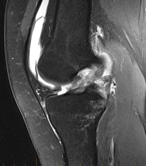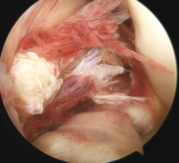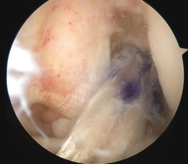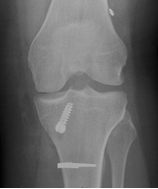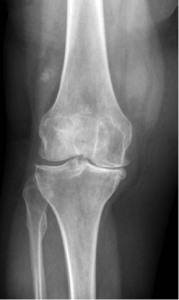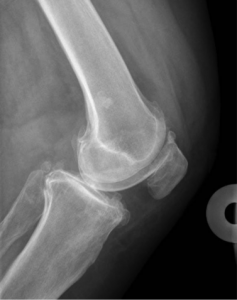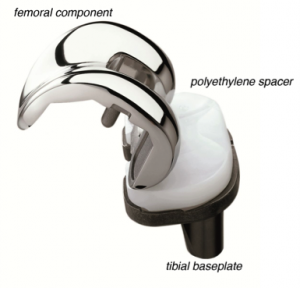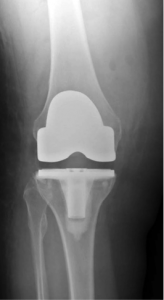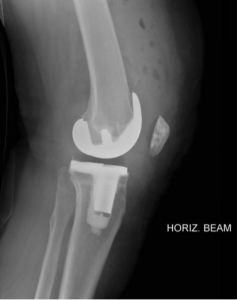Knee Services
Services offered by:
Mr. Brad Crick, Mr. Peter Hamilton, Mr. Andrew Weber, Mr. Peter McCombe
-
Anterior Cruciate Reconstruction
Anterior Cruciate Reconstruction
Introduction
The anterior cruciate ligament lies within a knee joint and is principally responsible in stopping the tibia sliding forward of the femur. A tear of this ligament is usually accompanied by other injuries within the knee joint, which may or may not require attention. After such a tear a patient may experience instability of the knee warranting a reconstruction. It should be noted that not everybody requires a reconstruction. This decision is individualized for each patient after assessment
Investigations
An Xray and/or a MRI is used to evaluate the knee pre-operatively
Procedure Synopsis
Cruciate reconstruction involves taking hamstring or patella tendon “graft” and passing it through holes drilled in the tibia and femur to create a new “ligament”.
Rehabilitation
Firstly a graft has no blood supply when it is inserted, and it takes months for that blood supply to reform and then more months for the graft to re-organize itself in the form of a cruciate ligament. The fixation of the graft is designed to fix the graft until it is revascularized and becomes incorporated to the bone at both ends. It is for these reasons that the post-operative course is fairly prolonged and we limit the return to some sports. We can discuss the choice of graft for athletes with particular concerns.
-
Total Knee Replacement
Total Knee Replacement
Introduction
Considered simply, the knee is a hinge style joint. As with other load bearing joints in the body, the knee is subject to a number of conditions that may cause the joint to wear out. If symptoms are minimal then simple painkillers and lifestyle modification may be all that is required to function well, but if symptoms become severe enough to affect your quality of life then surgery to replace the joint may be considered.
Investigations
A plain xray is often all that is required to make the diagnosis of osteoarthritis. At times further tests may be required also.
Procedure Synopsis
Total Knee Replacement involves surgery to remove the surfaces of the knee joint and replace them with new metal and plastic replacement parts. An incision is made down the front of the knee and the surfaces are removed using a system of jigs that accurately remove and shape the ends of the femur, tibia and patella (in most cases). After trialing test components, the definitive parts are implanted in the bone and the wounds are closed. Typically the components are made from titanium, cobalt chrome and polyethylene (a high grade plastic).
Rehabilitation
Patients should expect that they will have some pain while recovering from surgery. Most patients will stand a day or two after surgery and begin walking with the assistance of a frame and gradually proceed to using crutches. The length of time in hospital is variable but most patients can go home or to rehabilitation after 5-7 days.
Knee replacements are typically quite sore for the first six weeks. If your driving leg has been operated upon, then usually patients will be advised not to drive in the initial six weeks.
By three months after surgery most patients realize how much improved their knee is compared with its function prior to surgery.
Full recovery after a joint replacement can be up to 6-12 months.
Special considerations
Unfortunately knee replacements are not exactly the same geometry as your original knee. Most patients will return to their normal level of activity after surgery and are typically very satisfied with how their new knee performs, but some patients (10-15%) can unfortunately have some ongoing pain or stiffness.
Knee replacements typically should last for at least 10-15 years but as with any mechanical device they can eventually wear out and may require revision surgery.

